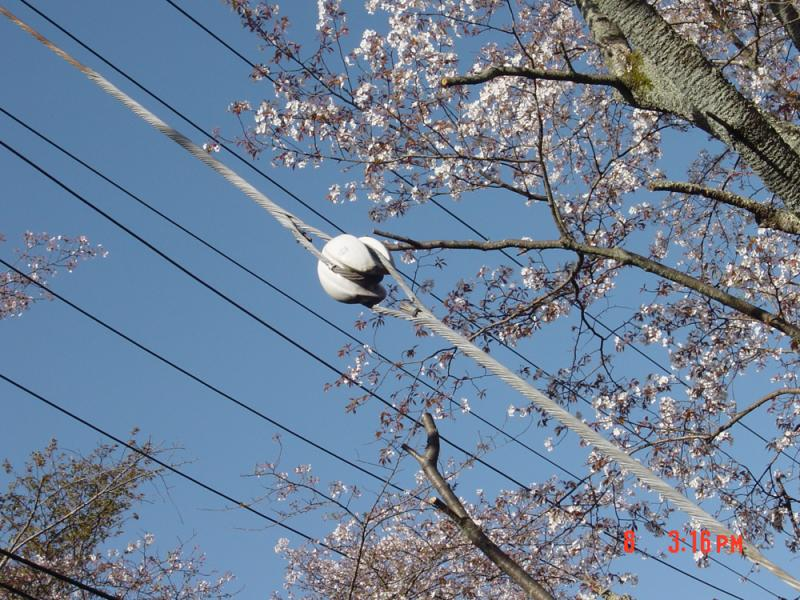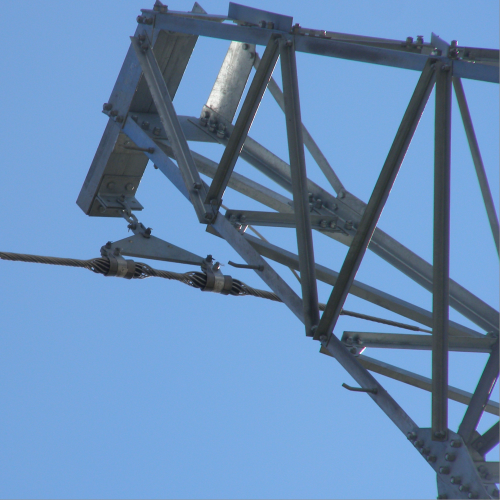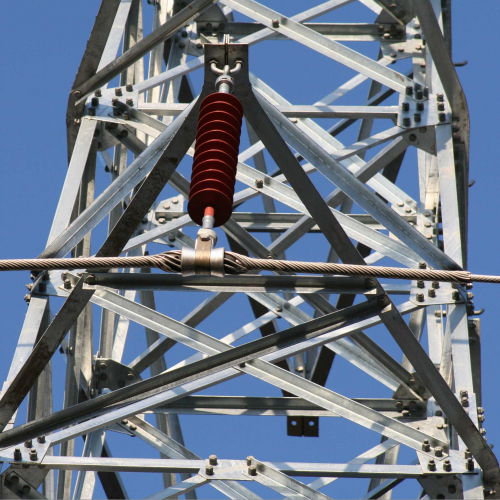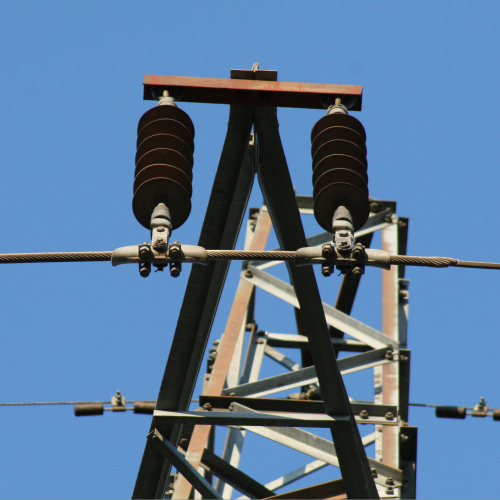In the operation of power lines, earthquake disasters can easily cause line wires to be displaced, wire clamps to loose or even break, which in turn causes power supply interruptions. The preformed wire tension clamp can improve the seismic resistance of the line from multiple angles and provide a guarantee for the safe and stable operation of the power line.
Preformed wire tension clamp can disperse seismic forces and reduce local stress concentration. Traditional tension-resistant wire clamps are mostly bolted or crimped, and the contact area with the wire is small. When an earthquake occurs, the tension and impact force of the wire due to vibration are easily concentrated at the connection point between the wire clamp and the wire, which may cause the wire to wear, deform and even fall off under long-term action. The preformed wire tension clamp consists of multiple strands of preformed wire. These preformed wires are precisely designed according to the outer diameter and curvature of the wire. After installation, they can fit closely with the wire to form a larger contact area. When the line encounters seismic vibration, the preformed wire can evenly disperse the tension and impact force of the wire to the entire length of the clamp, preventing the local area from being damaged due to excessive stress.
The excellent flexible characteristics of the preformed wire tension clamp can buffer the vibration of the line caused by the earthquake and reduce the vibration transmission efficiency. When an earthquake occurs, ground vibration will be transmitted through the tower to the line wire, causing the wire to produce transverse, longitudinal or torsional vibration. If the vibration energy cannot be effectively released, it will easily cause the wire to fatigue and break or the tower to tilt. The preformed wire tension clamp's preformed wire has good flexibility, and can undergo a certain degree of elastic deformation under the action of vibration, absorbing part of the vibration energy like a spring. At the same time, the friction between the preformed wire and the wire can further consume vibration energy and reduce the transmission of vibration to other parts of the wire.

In addition, the stable grip performance of the preformed wire tension clamp allows the wire to not slip during an earthquake and maintains the structural integrity of the line. The vibration of the line caused by the earthquake may cause the wire to slip in the tension-resistant clamp. If the amount of slip is too large, it will change the arc and tension distribution of the line, and even cause the wire to be disconnected. The preformed wire tension clamp forms a mechanical bite through the spiral structure of the preformed wire and the wire. The grip strength mainly depends on the friction and mechanical locking force between the preformed wire and the wire, and the grip value is stable and reliable, which can adapt to the needs of different specifications of wires.
At the same time, the corrosion and wear resistance of the preformed wire tension clamp can extend the service life in earthquake-prone areas and ensure long-term seismic effects. Earthquake-prone areas often face complex natural environments, such as high humidity, high salt content or strong winds and sand. These environmental factors will accelerate the corrosion and wear of traditional wire clamps, reducing mechanical properties and seismic resistance. The preformed wire tension clamp usually uses materials such as high-strength aluminum alloy or galvanized steel, and has undergone special surface treatment processes, such as hot-dip galvanized, anticorrosive coating, etc., so it has excellent corrosion resistance and wear resistance.




